Ultimate Guide To Choosing Cardboard Boxes

Whether you’re a small business owner, a homeowner preparing for a move, or just need to store some items, choosing the right cardboard boxes is crucial for your packing needs. Cardboard boxes are not just containers; they play significant roles in protection, storage, and transportation of goods. In this blog post, we’ll explore various aspects to consider when selecting the best cardboard box for your specific requirements.
Understanding the different types of cardboard boxes and their specific functions can save you time and money while ensuring the safety of your items during transit or storage. We will cover everything from strength and durability to size and sustainability. Let’s dive into the ultimate guide to choosing cardboard boxes.
Types of Cardboard Boxes
Not all cardboard boxes are created equal. The variety available ranges from single-walled to double-walled constructions, each serving unique purposes. Single-walled boxes are typically lighter and cost-effective, making them ideal for light-weight items. On the other hand, double-walled postage boxes offer enhanced strength and are better suited for heavier or fragile items. When selecting a box type, take into consideration the weight and vulnerability of the contents to ensure optimal protection.
Specialized options, such as wardrobe boxes or dish pack barrels, cater to specific needs by protecting clothes or facilitating the packing of kitchenware respectively. Assessing the nature of your items can lead you to the most appropriate box type that ensures safety against damage during handling and transport.

Size Matters
Selecting a properly sized box is fundamental in packing. Overly large cardboard boxes can cause contents to shift dangerously, while too-small boxes may burst under pressure. It’s crucial to measure your items and allow for sufficient padding space around each object. This balance minimizes movement inside the box and provides better protection against impacts and pressures during shipment.
Remember that bigger doesn’t always mean better—using more medium-sized boxes can often be more practical than fewer large ones. Distributing items evenly across several well-fitted boxes can make lifting, moving and stacking simpler and safer.
Durability and Material Quality
The durability of a cardboard box is determined by its construction material and design. Look for corrugated fiberboard with a suitable flute size—A, B, C, E, or F—the choice of which should correspond with the level of protection required based on your item’s weight and fragility. For heavy-duty use, consider thicker flute sizes like A or B, which provide greater durability.
Evaluate recycled content percentages as well as certification labels like the Sustainable Forestry Initiative (SFI) to ensure that your cardboard boxes not only meet performance expectations but also align with environmental goals. High-quality materials might come at a higher initial cost but can save money by reducing damaged goods and replacement expenses.
Customization Options
Depending on your needs, customized solutions may be necessary. Many suppliers offer customizable dimensions as well as printing options on cardboard boxes which can be beneficial for branding purposes or when specific instructions are required on the packaging itself. Customization can range from simple logo prints to complete bespoke dimensions tailored to fit unique items securely.
This flexibility allows businesses particularly to optimize cost efficiency in their packaging process by eliminating unnecessary void fill materials and choosing exact sizes needed for their merchandise—reducing overall freight charges related to volume storage.
Sustainability Concerns
Choosing eco-friendly packaging materials is increasingly important in today’s business environment as sustainability becomes a major consideration for consumers and companies alike. Opt for cardboard boxes made from recycled materials and ensure they are easily recyclable post-use. Some suppliers provide biodegradable options or use environmentally friendly adhesives and inks which further reduce the ecological footprint of your packaging products.
Incorporating sustainable practices into your packaging choices not only demonstrates corporate social responsibility but also attracts like-minded customers who value environmental conservation in their purchasing decisions.
In conclusion, selecting the correct cardboard box involves understanding specific characteristics and matching them with your requirements: durability, size functionality, customization potential, and sustainability aspects are all significant considerations. By choosing wisely, you safeguard contents effectively while aligning with larger business values such as environmental impact reduction or brand promotion through customized designs.
Effective packing starts with choosing the right box. Use this guide to navigate through numerous options available in market places like NuPack’s collection—to find one that suits your item’s unique demands perfectly!

